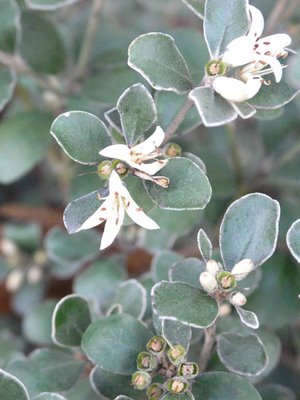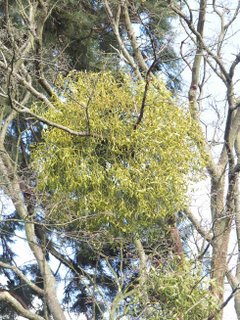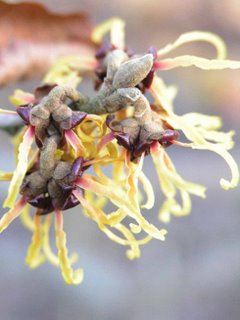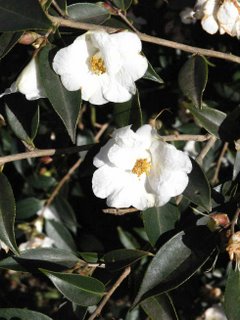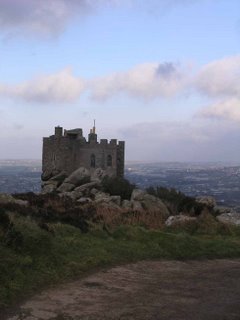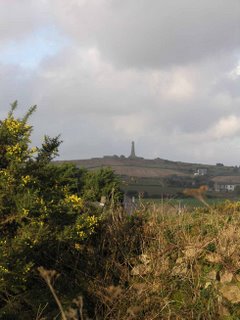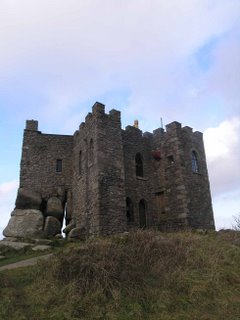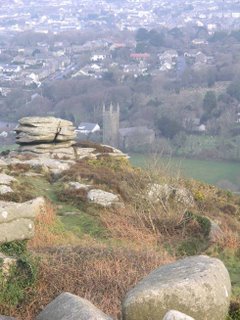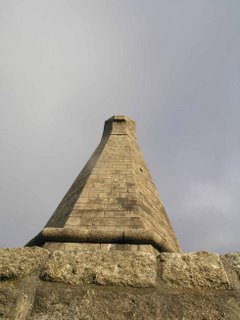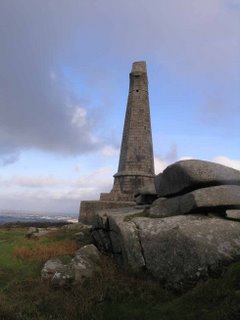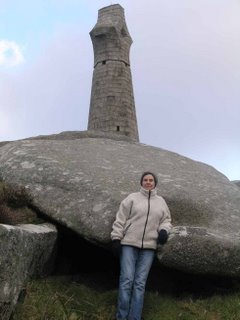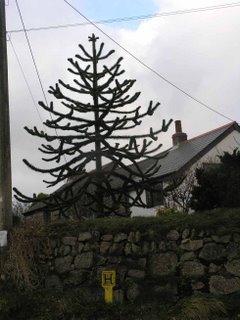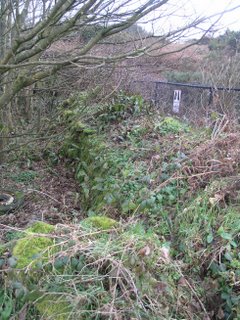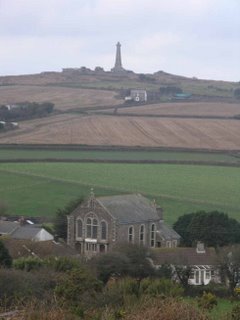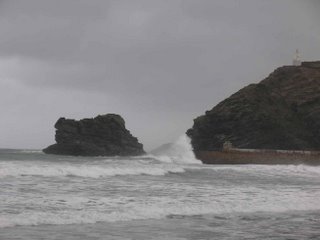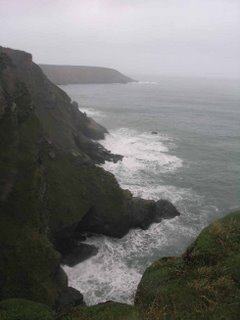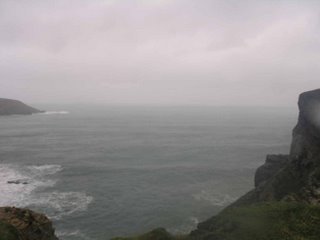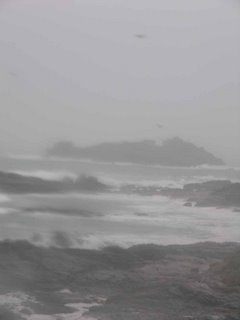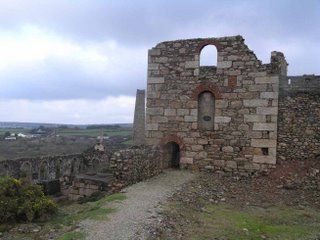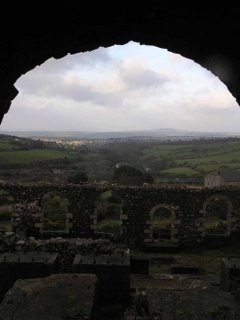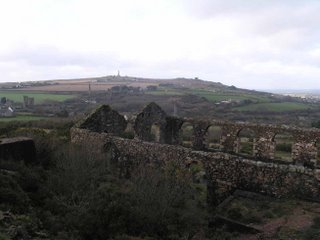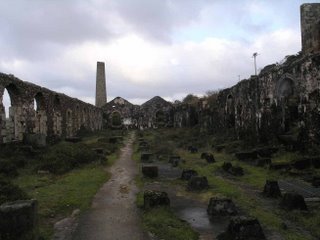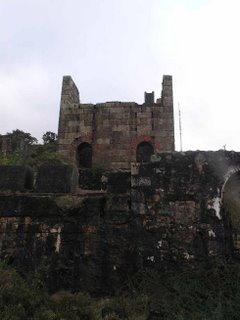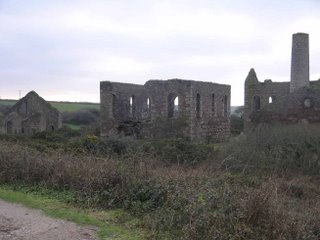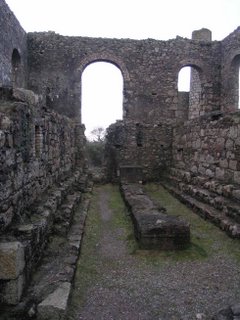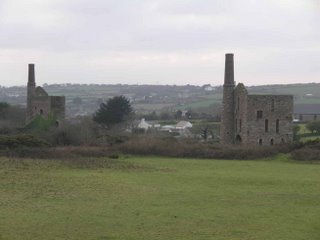The following images were taken in the gardens at Wakehurst Place on Sunday January 20, 2007.
Of course the snowdrops, daffodils and crocus have been now flowering for weeks.
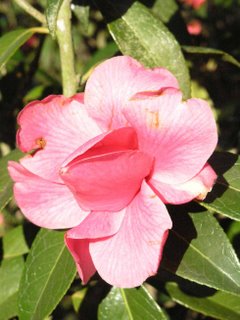
C. X williamsii 'Mary Christian' X C. reticulata C. 'Leonard Messel Tea is made from the species C. sinensis, a native of China.
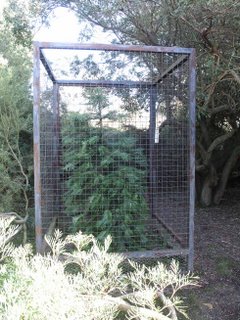
Wollemia nobilis.
Wollemia is a genus of confier in the Arauicaceae family.
W. nobilis is the sole species in the genus Wollemia and was discovered in 1994 in a remote series of narrow, steep-sided sandstone gorges in temperate rainforest wilderness area of the Wollemi National Park in New South Wales, 150km north-west of Sydney, in Australia
In both botanical and popular literature, the tree has been almost universally dubbed the Wollemi Pine, although it is not a true pine (genus Pinus) nor a member of the pine family (Pinaceae), but rather is related to Kauri and Araucaruia in the family Araucariaceae.
This specimen at Wakehurst is one of the few in public cultivation in England and is grown in a cage to protect it from both rodents and theft, until it becomes firmly established. It is located in the Australasia beds in front of the manor at Wakehurst Place.
The public can buy plants from a licensed propagator, they advertise in the RHS journals, the profits from the sale contribute towards conservation efforts.
The actual location of the stand of Wolemi Pine is kept secret for fear of introuducing infection and competative stress into their isolated environment.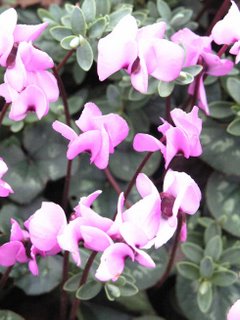
Cyclamen coum , we have this species planted on the college grounds courtesy of JEA Perennials.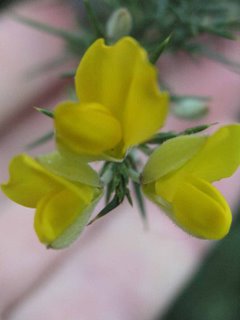
Ulex minor, or lesser gorse is considered a bit of a pest where it grows on lean soils. Farmers are often forced to grub this invaisive species on marginal pasture land before it overcomes the grazing, that said however, farmers on the top of the Downs leave clumps of Gorse so that sheep may find shelter from the wind, rain and snow.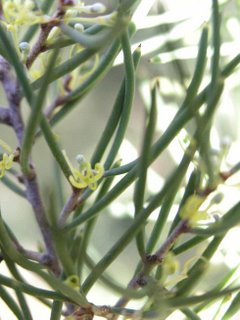
Hakea epiglottis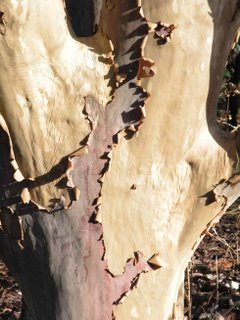
Stuartia sinensis, a beautiful species that is marginal in Ontario, I have never seen a mature speciemen in the province showing these outstanding bark characteristics.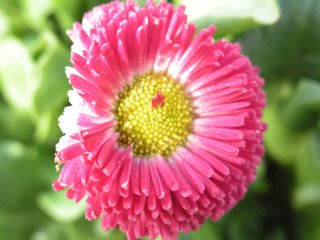
Bellis perennis, these are grown as a winter bedding plant, this is a horticultural cultivar (not sure which), but otherwise they can become a lawn weed. This was used in a planter arrangement in the walled garden at Wakehurst Place.
Camelia japonica 'Tricolor'
Viscum album, missletoe, a relative of the North American species, this is a parasitic plant.
Daphne bhoula 'Jacqueline Postill'
Lonicera 'Winter Beauty'
Daphne bhoula var. glacialis


Helleborus oreintalis
Erica carnea 'Springwood White'
Daphne bhoula
Hamamelis x intermedia 'Palida'
Helleborus lividus ssp. cosicus
Rhododendron X pulcherrimum X 'Nobleanum'
Camelia sp.
